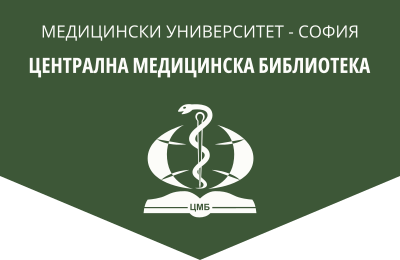Role of gut microbiome in development of metabolic dysfunction associated steatotic liver disease
Bulgarian Medical Journal, 2024, 18(4), 12-19.
I. Nedeva1, Yu. Naydenov2, V. Karamfilova2
1 Department of Epidemiology and Hygiene, Medical Faculty, Medical University – Sofia
2 UMHAT Aleksandrovska, Department of Internal Diseases, Medical Faculty, Medical University – Sofia
Abstract. Metabolic dysfunction-associated steatotic liver disease (MASLD), previously known as non-alcoholic fatty liver disease, is the hepatic manifestation of cardiometabolic syndrome, which often includes obesity, diabetes mellitus, and dyslipidemia. Although MASLD is rapidly becoming the most common liver disease worldwide, only a minority of individuals with MASLD develop nonalcoholic steatohepatitis, characterized by inflammatory changes that can lead to progressive liver damage, cirrhosis, and hepatocellular carcinoma. Recent studies have shown that in addition to genetic predisposition and diet, the gut microbiome influences both hepatic carbohydrate and lipid metabolism and the balance between pro- inflammatory and anti-inflammatory effectors in the liver thus affecting the development of MASLD. This review will examine the impact of the gut microbiome and its associated metabolites in the development and progression of MASLD and NASH and the potential opportunities for its influence.
Key words: metabolic dysfunction-associated steatotic liver disease, gut microbiome, metabolic syndrome
Address for correspondence: Iveta Nedeva, MD, e-mail: iveta_nedeva@yahoo.com
